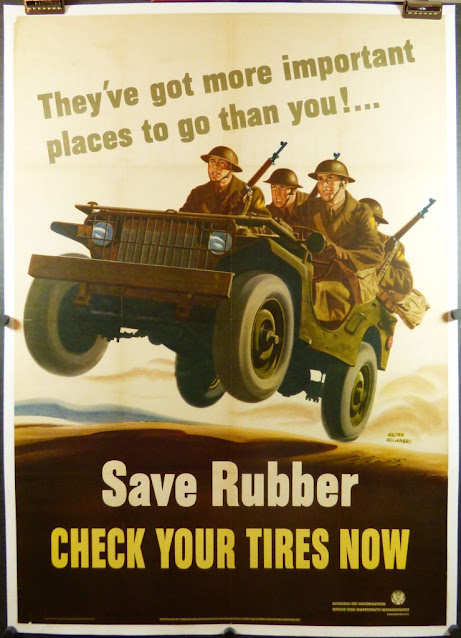On This Date In History
On December 27, 1968, Apollo 8, the first manned mission to the moon, returns safely to Earth after an historic six-day journey.
On December 21, Apollo 8 was launched by a three-stage Saturn 5 rocket from Cape Canaveral, Florida, with astronauts Frank Borman, James Lovell, Jr., and William Anders aboard. On Christmas Eve, the astronauts entered into orbit around the moon, the first manned spacecraft ever to do so. During Apollo 8‘s 10 lunar orbits, television images were sent back home and spectacular photos were taken of the Earth and the moon from the spacecraft. In addition to being the first human beings to view firsthand their home world in its entirety, the three astronauts were also the first to see the far side of the moon. On Christmas morning, Apollo 8 left its lunar orbit and began its journey back to Earth, landing safely in the Pacific Ocean on December 27.
On December 27, 1941, the Federal Office of Price Administration initiates its first rationing program in support of the American effort in World War II: It mandates that from that day on, no driver will be permitted to own more than five automobile tires.
President Roosevelt established the Office of Price Administration and Civilian Supply in April 1941 to “stabilize prices and rents and prevent unwarranted increases in them; to prevent profiteering, hoarding and speculation; to assure that defense appropriations were not dissipated by excessive prices; to protect those with fixed incomes from undue impairment of their living standards; to assist in securing adequate production; and to prevent a post-emergency collapse of values.” The OPA (its name was streamlined in August 1941) was responsible for two types of rationing programs. The first limited the purchase of certain commodities (tires, cars, metal typewriters, bicycles, stoves and rubber shoes) to people who had demonstrated an especial need for them. The second limited the quantity of things, like butter, coffee, sugar, cooking fat, gasoline and non-rubber shoes, which every citizen was allowed to buy. (As a result, of course, the black market flourished, studies estimated that 25 percent of all purchases during the war were illegal.)
Japanese occupations in the Far East had made it impossible to get rubber from plantations in the Dutch East Indies, and what little rubber was available went straight to airplane and munitions factories. Because no one had yet figured out how to make really high-quality artificial rubber, the OPA especially wanted to encourage people to care for the automobile tires they already had. Ads urged people to put less wear on their tires by driving in carpools. (“When You Ride Alone You Ride With Hitler!” said one poster; another announced, “To win this war…more people have got to enjoy riding in fewer cars.”) To conserve rubber (and gasoline), the national “Victory Speed Limit” was 35 miles per hour. Meanwhile, scrap-rubber drives collected old raincoats, garden hoses and bathing caps.
Rationing and recycling, collecting items like tin cans and used cooking fat for reuse, was a way to make ordinary citizens feel like they were part of what one ad called a “fighting unit on the home front.” During the war, the OPA rationed almost every commodity it could think of, but by the end of 1945 only two rationing programs, for sugar and for rubber tires, remained in place. Tire rationing finally ended on December 31, 1945.















No comments:
Post a Comment